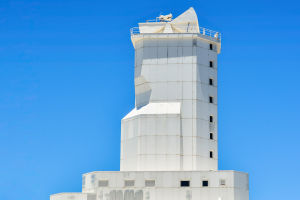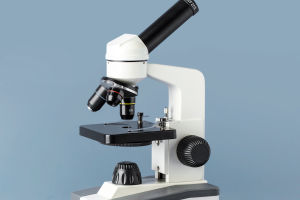Across the vast expanse of water, a ship sails in an endless circle. As it moves, a vortex begins to form on the water’s surface, gradually evolving into a massive whirlpool.
This swirling phenomenon spreads outward, as the rotational force pulls in the surrounding water and air, creating a captivating yet formidable spectacle.
The creation of these vortices is far more than just a simple physical occurrence. They reveal profound natural laws and prompt deep reflection on the forces of nature and the implications of human behavior.
As the ship travels through the water, its propeller and hull disturb the surrounding fluid. When the ship circles, this disturbance intensifies, and the water flow is influenced by the hull’s rotation, generating a centrifugal force.
This force pushes the water outward, but due to the viscosity and inertia of the water, the flow begins to spin as it spreads. Eventually, a massive vortex forms, not only visible on the surface but extending downward into a vortex column underwater, drawing objects and creatures into its depths.
The size and intensity of the vortex depend on several factors: the ship’s speed, the turning radius, and the design of the hull. The faster the ship and the tighter the turn, the more powerful the vortex becomes, and vice versa.
This vortex demonstrates nature’s incredible rotating force, capable of swallowing everything in its path and altering the surrounding environment. Such natural phenomena evoke our awe of the forces of nature and compel us to consider the potential impact of human activities on the environment.
The vortex generated by the ship's circling is an example of how human actions intervene in the natural environment. Although it may seem harmless at first glance, it has the potential to impact aquatic life and ecosystems subtly.
The vortex’s strong pull might draw in small aquatic organisms, disrupting their habitats. Additionally, the formation of the vortex can alter the water body’s flow patterns, affecting nearby aquatic vegetation and the broader ecological chain.
This whirlpool is not merely a physical phenomenon; it symbolizes the grandeur and mystery of natural forces, as well as the interaction and conflict between humanity and nature.
In literature and art, the vortex often carries symbolic significance. It frequently represents chaos, conflict, and inner turmoil. Much like a vortex forming in water, the uncertainties of life can also trap people, leaving them feeling helpless and confused.
The spinning force of a vortex symbolizes an unstoppable force—whether natural, social, or psychological. Yet, the center of a vortex is often calm, reminding us that beneath the chaotic exterior, there may be a tranquil core.
As science and technology advance, ship design and manufacturing have become increasingly sophisticated. Modern vessels navigate oceans, lakes, and rivers, providing immense convenience to human life.
However, as we reap these benefits, we must also reflect on the impact of our actions on the natural environment. The vortex created by a circling ship, though seemingly insignificant on a macro scale, reflects the profound effect of human activity on nature.
From the emissions of ship exhaust to the disturbance of water bodies, from the choice of sailing routes to changes in hull design—every detail has the potential to influence the natural ecosystem.
The relationship between humanity and nature is as complex as the interaction between a ship in motion and the vortex it creates. Just as a ship must navigate cautiously to avoid disturbing its surroundings, we too must maintain a deep respect for nature as we advance and progress.
This respect should not only guide how we utilize natural resources but also how we minimize our negative impact on the environment.
The enormous vortex formed by a ship circling in water is not just a natural phenomenon but also a potent symbol. It illustrates the beauty of physical laws while urging us to respect nature’s power and consider the consequences of our actions.
We live in a world filled with vortices—both natural and human-made—that remind us of the close and intricate relationship between humanity and nature.
As we continue to enjoy the conveniences brought by technological advancements, we must tread carefully in our relationship with nature, ensuring that our actions do not cause irreversible harm to the environment.


